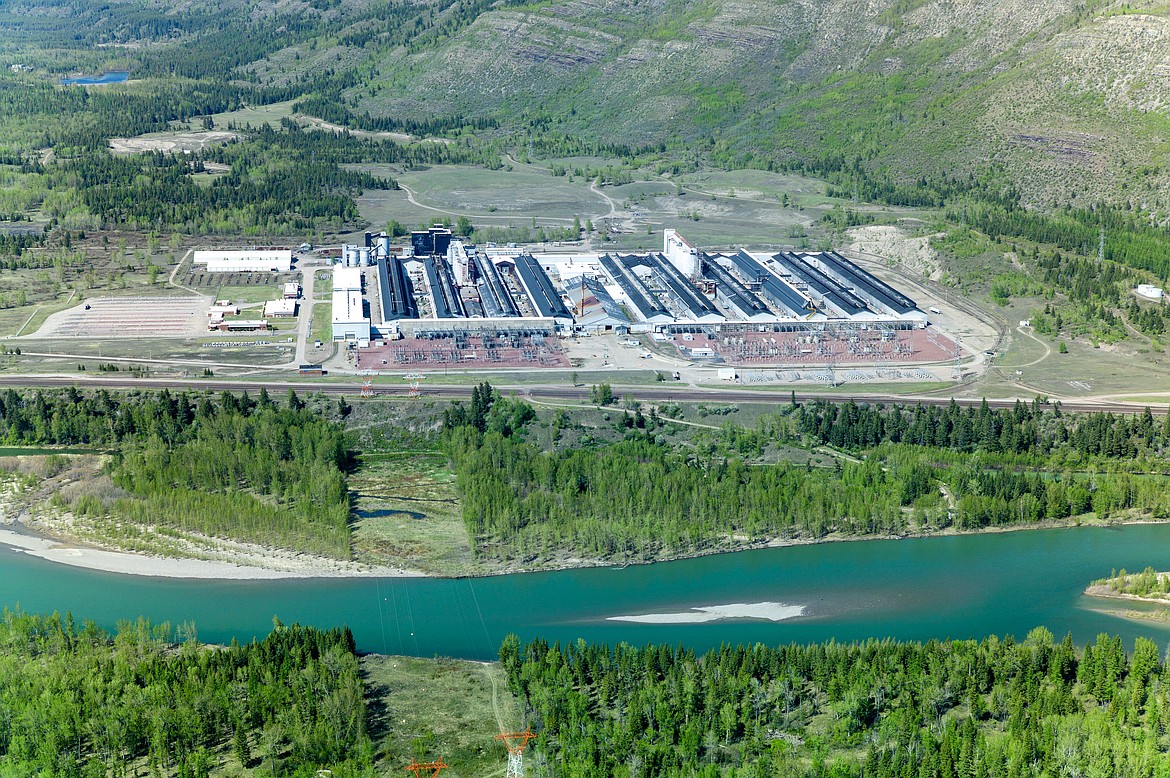CFAC damage assessment available for public comment
A draft Natural Resources Damage Assessment Plan for the former Columbia Falls Aluminum Co. plant has been released.
The plan is in addition to the remediation of the site under federal Superfund law and looks to recoup damage caused by the plant in its more than 50 years of operation and pollution of the natural environment.
Unlike the actual Superfund cleanup, the damage assessment plan (which is also part of Superfund law) looks to quantify and gauge the damage to the environment caused by the plant and will, eventually, look to recover damages.
While the Superfund cleanup largely involves the Environmental Protection Agency and the state Department of Environmental Quality, the damage assessment includes the state, the Department of Agriculture (Forest Service), the Department of Interior (U.S. Fish and Wildlife Service) and the Confederated Salish and Kootenai Tribes.
While the draft doesn’t contemplate an exact figure, the damages are expected to exceed $100,000. Pollution from the plant was greatly evident in the 1970s, when fluoride emissions were killing trees on Forest Service lands and in Glacier National Park, for example, the draft assessment notes.
Still, it could prove costly for the company.
“Damages should be based on actions that “restore, rehabilitate, replace, or acquire the equivalent of” the injured resources and resource services ... Such actions are broadly referred to as ‘restoration.’ Restoration is intended both to return injured resources to their baseline condition and to compensate for resource service losses during the period of injury,” the draft assessment notes.
The company didn’t pay much for the fluoride damage in the 1970s. There was an apparent settlement to the state of Montana by CFAC in 1982 for $75,000.
There are other pollution problems as well, most notably contamination of groundwater at the site with fluoride and cyanide from decades-old sludge ponds and landfills.
There are very high levels of fluoride and cyanide in groundwater near the dumps, but as the water flows to the Flathead River, tests have shown levels drop dramatically to nearly non-detect. Still, the seeps run into the river and the CSKT as well as the state do have a vested interest in its health.
The Anaconda Aluminum Co. (the original owners) once owned almost 3,200 acres, but over the years the plant has changed hands and most recently, CFAC’s parent company Glencore sold more than 2,000 acres of the site to local developer Mick Ruis.
Ruis bought most of the land north of the Flathead River, save for the landfills and buffers around them. Roughly 200 acres or so.
How Ruis’s ownership would impact the assessment, if at all, isn’t clear.
The trustees, as the agencies are collectively called in the assessment, are currently taking public comment on the draft and will eventually form a final plan. The draft assessment is available for public comment and review at https://dojmt.gov/nrdp/notices-of-public-comment/
Written comments must be submitted by June 23, 2025, at 11:59 p.m. Emailed to: nrdp@mt.gov. Please use the subject line “CFAC Draft Assessment Plan”
Mailed to: The Natural Resource Damage Program P.O. Box 201425, Helena, MT 59620-1425; or faxed to: 406-444-0236.
There's also a public meeting on the draft assessment at 6 p.m. on Tuesday, June 10 at The Hub at 533-1st Ave East in Columbia Falls. There will also be a remote option to attend the meeting via Microsoft Teams. Refer to the Hybrid Meeting Procedures on NRDP’s website: https://dojmt.gov/nrdp/notices-of-public-comment/ (for information about the virtual meeting.)

